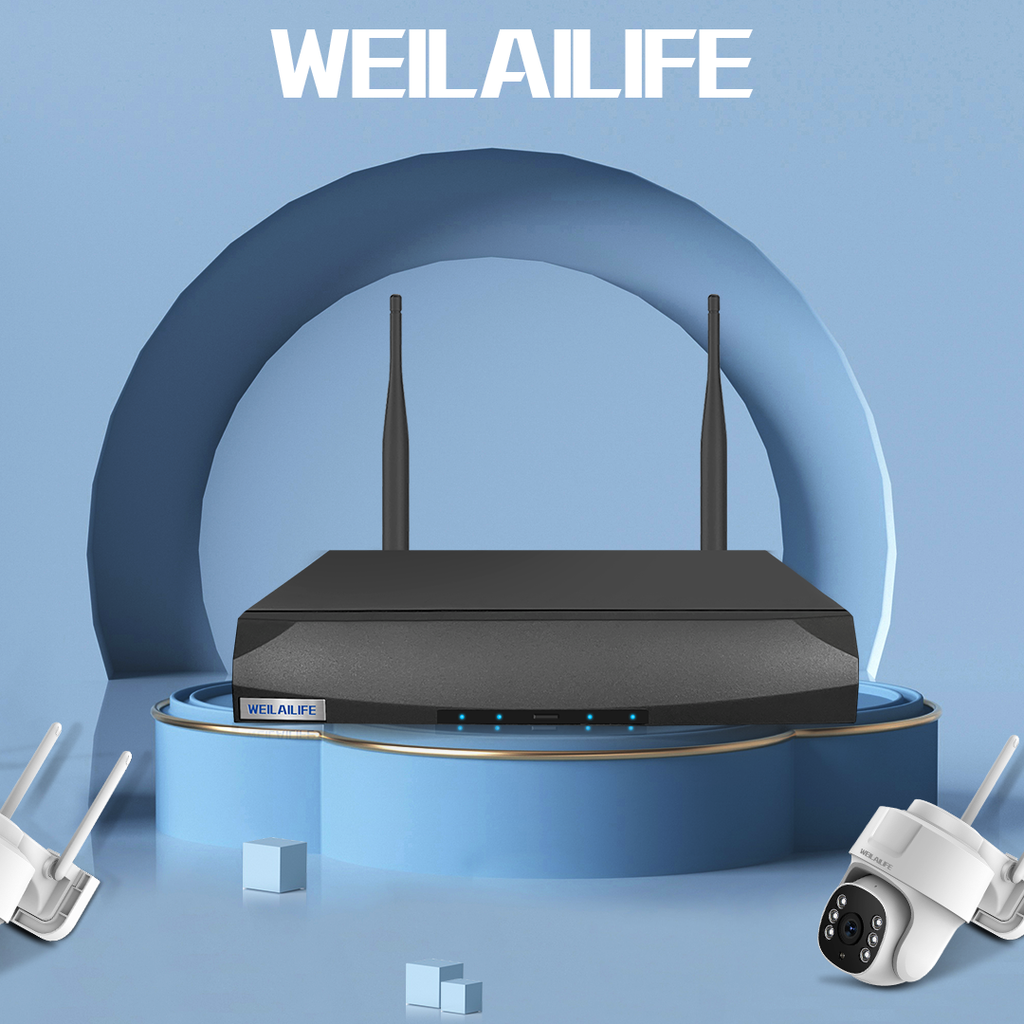Revolutionizing Video Surveillance through Innovative Perspectives: A WEILAILIFE Approach
When the topic of security surveillance arises, it's clear that manufacturers, integrators, engineers, and end-users possess a solid understanding of the prevalent technologies and emerging trends in video monitoring. We hear terms like digitization, networking, 1080P resolution, 2 million pixels, intelligent analytics, video summarization, compression standards like H.265, all of which underscore the technological frontiers. However, the true test of these concepts unfolds in real-world projects, where solutions must align with user needs and fulfill specific functions to truly shine. Therefore, adopting the user's perspective and evaluating products and technologies based on their ability to deliver functionality and value is paramount. In the following discussion, we'll delve into various technological applications that have been shaped by industry insights and influenced through the WEILAILIFE perspective.
**1. Extending Storage Horizons:**
In the realm of security surveillance, adhering to GB50348 "Technical Code for Safety and Prevention Engineering," where "data, images, sound, and other recorded information should be retained for at least 30 days to meet security management requirements," is the norm. Most users subscribe to this storage timeframe, but some might push for storage extensions up to two months. Recent advancements in H.265 technology have propelled mainstream surveillance hard drive capacities to a capacious 4TB. This capacity empowers users to tailor their storage needs to project requirements and financial resources. For instance, if budget permits, users can demand storage of two months' worth of surveillance footage or even stretch the limits further. Simultaneously, this progress lowers video transmission bandwidth; H.265, compared to its predecessor H.264, slashes bandwidth in half while upholding image quality. Thus, the cry for "extended storage horizons" naturally spurs manufacturers and engineers to channel greater efforts into H.265 technology. The goal is to achieve "clearer images with the same bandwidth, or smaller bandwidth for the same image quality." This endeavor also effectively reduces the quantity of hardware devices needed for storage resources.
**2. Enriching the Utility of Monitoring Imagery:**
While video surveillance initially revolved around security monitoring, its scope has broadened to encompass road checkpoints, public safety surveillance, and production monitoring within factories. With the surge of 2 million, 3 million, and 5 million pixel cameras, the focal point has shifted from pixel quality to maximizing image utility. The true essence lies in transcending the boundaries of security monitoring, forging a symbiotic link between surveillance and user applications, thereby augmenting overall value. For instance, unattended monitoring obviates the need for manual vigilance, while video patrols eliminate the necessity of human patrols—leading to substantial cost reductions. As a result, the clarion call for "enriching the utility of monitoring imagery" galvanizes engineers and manufacturers to amplify the integration of intelligent analytics technology. This, in turn, dovetails with user operations, extracting the maximum potential from intelligent analytics.
**3. Simplified System Maintenance:**
In today's landscape, organizations often grapple with a multitude of surveillance cameras, numbering in the hundreds or even thousands. The challenges inherent in conventional system maintenance are well-documented. It's clear that achieving comprehensive real-time monitoring is an uphill battle, leading to a reliance on video playback post-incident. Moreover, the quality of retrieved videos remains uncertain. Should another incident occur within the same timeframe, the cycle of inefficient video retrieval perpetuates. Hence, the emphasis on "simplified system maintenance" inherently prompts manufacturers and engineers to steer towards video summarization, video quality diagnostics, and similar technologies. The objective is to architect an intelligently integrated security system that transcends mundane operations.
**4. Seamless Compatibility with Industry Pioneers:**
The discourse surrounding compatibility among security surveillance manufacturers often revolves around phrases like "Our products support ONVIF standards..." However, practical application often exposes the gap between the promise and reality of cross-brand compatibility. The introduction of GB/T 28181 "Technical Requirements for Information Transmission, Exchange, and Control of Security and Protection Video Surveillance Networking Systems" has provided a blueprint for compatibility, yet true synergy remains elusive. Therefore, in large-scale projects, a user-driven approach is advocated—truly amalgamating the strengths of various manufacturers to foster genuine IP-based security systems. The essence of a genuine IP-based surveillance camera is its brand-neutrality; any IP-based camera should seamlessly integrate into a security system. The call for compatibility with industry pioneers propels manufacturers to earnestly consider embracing ONVIF, GB/T 28181, or risk exclusion.
**5. Streamlined Device Connectivity:**
In the present landscape, surveillance cameras necessitate both power and network cables, but industry experts anticipate a unified cable solution (such as Power over Ethernet or POE) or even wireless transmission. While wireless transmission offers convenience, wired solutions generally offer greater stability. Therefore, wireless solutions are advocated only when absolutely essential. Nevertheless, POE adoption is yet to be pervasive due to challenges in power stability and product reliability. Thus, the demand for "streamlined device connectivity" catalyzes manufacturers to enhance their POE products. Security manufacturers are enhancing cameras with built-in POE, and switch manufacturers are refining their POE switches. This demand also fuels the growth of wireless transmission methods, especially in scenarios where construction challenges or long distances necessitate an alternative to wired solutions.
Sample Block Quote
Nam tempus turpis at metus scelerisque placerat nulla deumantos sollicitudin delos felis. Pellentesque diam dolor an elementum et lobortis at mollis ut risus. Curabitur semper sagittis mino de condimentum.









